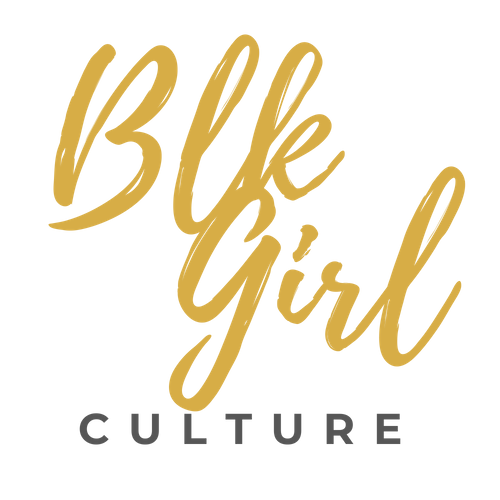Kim Kardashian West And Blackface. Is Blackness A Costume?
When we think of photoshoots and magazine covers, especially those involving prominent celebrities, aspects of framing the resulting photo to consider include props, lighting, and even hair and makeup. These considerations, among others, collectively play an important role in maximizing the commercial value and popularity of the photo, while being points of focus for artistic directors and stylists.
Styling for photos is often done to achieve a specific look, but what if the desired look dances on the line of blackface?
Kim Kardashian West was featured on the cover of 7Hollywood Magazine’s December issue, but many viewers initially didn’t recognize her.
Sporting a wig reminiscent of those worn by the late Diahann Carol and appearing to have darkened skin, many mistook Kardashian West for a Black woman. Comparing other pictures of the media mogul to this one, her skin appeared to be significantly darker than her natural tone, which led fans and critics alike to take to social media to share their opinions.
The main critiques of this incident include:
Non-black women such as Kardashian- West are often pardoned when they use aspects of blackness that hold cultural significance for Black women yet have been historically socially ridiculed, such as cornrows, for fashion.
Imagery of Blackface has historically been anti-black inhotos that even dance around the idea of blackface are disrespectful to our black ancestors who were oppressed, stereotyped, deemed inferior, and even killed for the color of their skin.
Source: Pinterest
While we might not know the true intentions of Thierry Mugler, the artistic director of this photoshoot, the impact that the photo had was clear. The fact that the Kardashians are notorious for blatant displays of cultural appropriation makes the conversation of intent versus impact even sticker, since this repeated behavior calls into question the actual intentions Mugler or Kardashian-West might have had.
The Kardashian family have not been held appropriately accountable for their behavior as it relates to cultural appropriation to date, but have rather gained exposure and therefore more profit from using aspects of Black culture to their advantage, it is unlikely that they will change this pattern and business model any time soon.
As the saying goes, “If it ain’t broke, don’t fix it.”
Whether the darkened skin tone in this magazine cover was due to the lighting, editing, or makeup used, it served to cause a social media uproar while also generating press for the Kardashians. Unfortunately, whether negative or positive, press is still press. This system, which the Kardashians have essentially established as their brand, operates on the premise that outrage sells, as culture critic Wanna Thompson noted in a tweet.
Where is the line in determining if something qualifies as blackface? This image certainly caused people to grapple with this question, yet Kardashian West has not publicly addressed these accusations. Instead, a source close to Kardashian-West who was present at the photoshoot responded to critics by saying:
“It’s the lighting that makes her look darker in this specific image. There are multiple covers and images from this shoot where the lighting looks more natural”
source: Page 6 Magazine
Predictably, Black women are the main demographic being vocal about the problematic nature of this photo, as we are the group most directly affected by this particular instance of cultural appropriation by a Kardashian. This in itself is a testament to the fact that the Kardashian’s practice of appropriating aspects of Black womanhood temporarily, and therefore using Black features as a costume, largely goes unchecked by many.
Is this the case because this is what we have come to expect from the Kardashians?
Are we to be complacent in cultural appropriation because it is “the norm” that this family has established for themselves, or because we view the situation to be outside of our realm of control?
Actress, comedian and author Amanda Seales refuses to sit back and accept this “norm,” vehemently insisting that speaking out on this topic is imperative and encouraging folk to do so. Seales took to Instagram live to share her thoughts on the magazine cover as well as the harmful pattern of cultural appropriation and blackface that the Kardashians have perpetuated over the years.
The harm imparted on Black women in particular is highlighted when Seales says:
“We have consistently been seen as only resources – not as people.”
- Amanda Seales via Instagram Live
To say that black features or aspects of Black culture are resources is to suggest that they can be adopted briefly, used, and disposed of at any time. This can be done by those who do not identify as Black, however, for Black people, this game of dress up is our reality. Worse yet, the same aspects of Black culture being stolen, such as hair styles and skin tones, are the same aspects that lead black people to be discriminated against in various arenas including the workplace and school systems.
As Seales discusses, apathy is at the heart of this issue.
Those who aren’t directly targeted can have the luxury of not caring about it to the same extent that affected parties care about it. Blackface, however, is not only disrespectful to our ancestors, but it is harmful to the though and development of black youth, especially surrounding their self worth. As it relates to this particular magazine cover, regardless of our gender or other identifiers, we all should care about protecting the humanity and dignity of black women.
The fact that the Kardashians have such a large platform and following base through which they can positively influence people, especially young people, means we should care enough to hold them accountable for blackface and acts of cultural appropriation. This shouldn’t be anyone’s “norm,” nor should it go unchecked.





